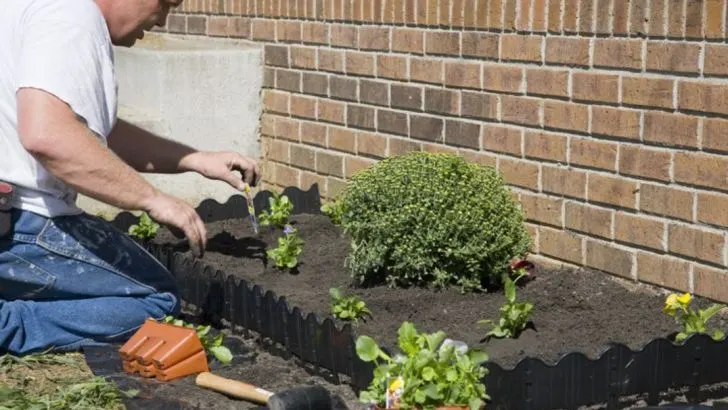A well-designed landscape can enhance your home’s beauty and functionality, but common mistakes can lead to high maintenance, poor plant health, and an unbalanced look. Avoiding these pitfalls will save you time, money, and frustration while creating a yard that’s both stunning and practical.
In this article, we reveal 22 landscape no-no’s and how to fix them. From overcrowding plants and improper drainage to neglecting soil health and choosing the wrong materials, we’ll help you identify and correct the most common landscaping mistakes. If you want a thriving, low-maintenance, and visually appealing outdoor space, these expert fixes will set you on the right path!
Ignoring Soil Health
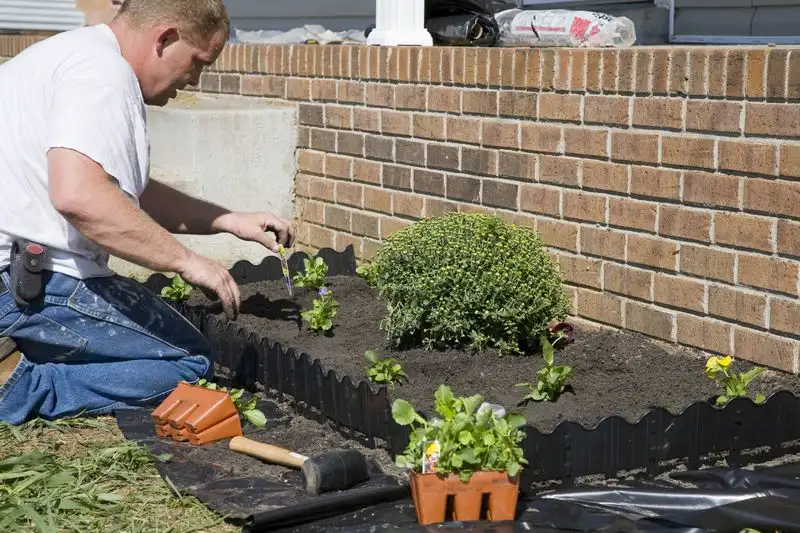
Soil is the foundation of any successful garden. Many overlook its importance, leading to poor plant growth. Conducting a simple soil test can reveal deficiencies and guide amendments needed for improvement. It’s not just about adding fertilizer; sometimes, the soil needs organic matter for structure and water retention. Healthy soil supports robust plants, minimizing pest issues and promoting resilience. Regularly check and adjust your soil’s pH and nutrient levels. A well-nourished garden starts with taking care of what’s beneath the surface.
Overcrowding Plants
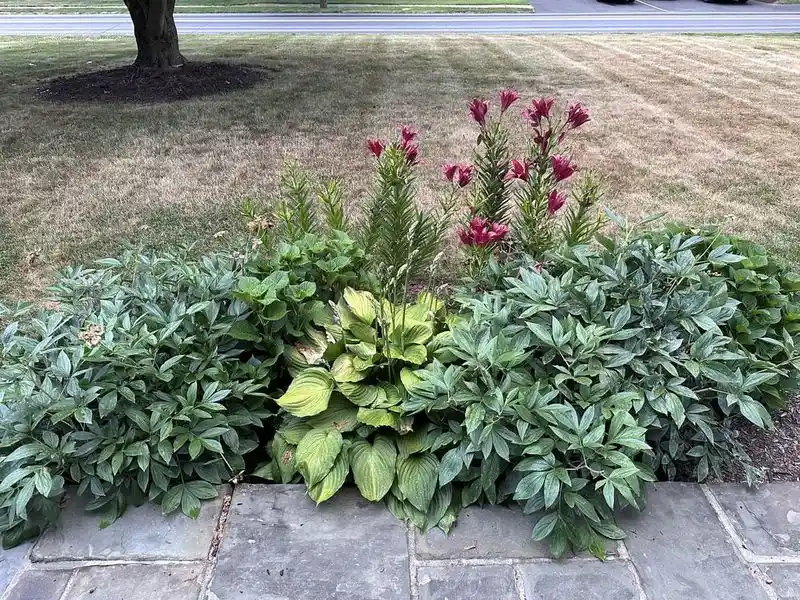
Cramming plants together might seem efficient, but it stifles growth. Each plant requires space for roots to spread and access nutrients. Overcrowding leads to competition for sunlight and water, causing weaker plants. Proper spacing fosters healthy growth and prevents disease spread. Visualize mature sizes when planting to avoid the temptation of filling gaps with additional plants. Prune regularly to maintain airflow and space. Mindful planting designs ensure a flourishing, vibrant garden, rather than a tangled mess.
Neglecting Plant Diversity
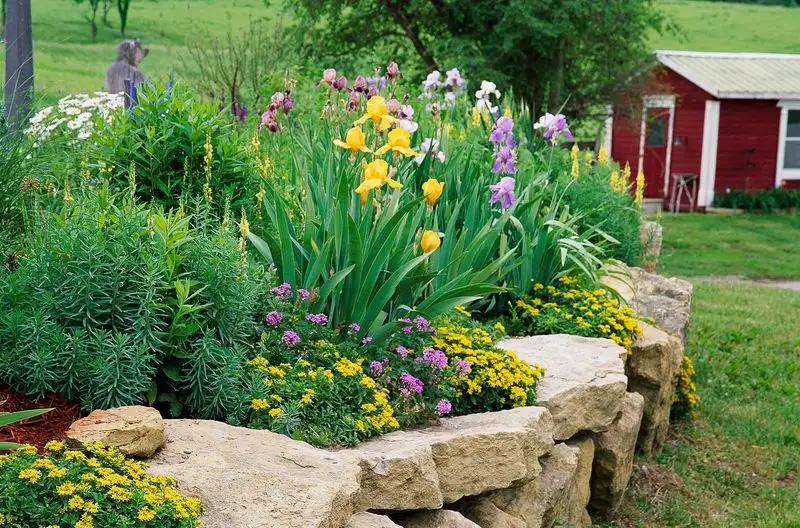
Relying solely on one plant species can lead to a monotonous landscape. Diverse plantings offer visual appeal and ecological benefits. Different species attract a variety of pollinators and deter pests naturally. Diversity reduces the risk of disease wiping out your entire garden. Choose a mix of colors, textures, and heights to create dynamic interest. Include perennials and annuals for seasonal variation. Encouraging biodiversity supports a balanced ecosystem, ensuring your garden remains lively and resilient throughout the year.
Improper Pruning Techniques
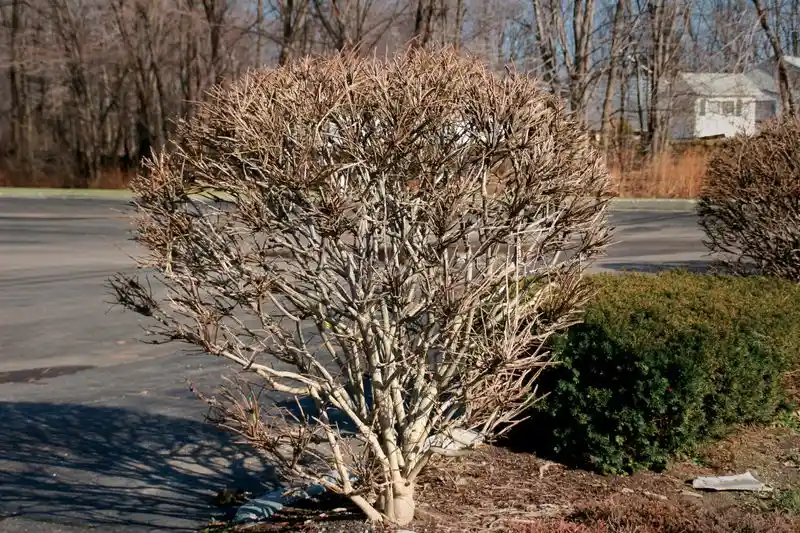
Pruning enhances plant health but requires precision. Incorrect techniques can harm rather than help. Avoid random cutting; understand each plant’s needs first. Clean, angled cuts prevent disease and promote healing. Timing matters too—prune during dormant seasons. Right tools make a difference; invest in quality shears. Research specific requirements for every species in your garden. Proper pruning shapes plants, encourages new growth, and increases flowering. Well-pruned plants are healthier, more attractive, and better equipped to thrive.
Poor Irrigation Practices
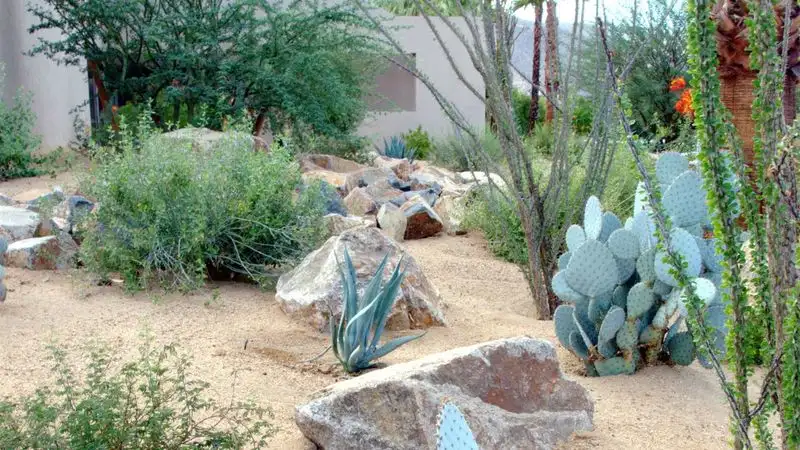
Watering might seem straightforward, yet many gardens suffer from over or under-watering. Plants vary in their water needs, so tailor your approach accordingly. Install a drip irrigation system for efficiency, minimizing water waste and ensuring consistent moisture. Avoid watering during peak sun hours to reduce evaporation loss. Consider soil moisture levels before watering. Regularly inspect your irrigation setup for leaks or clogs. Thoughtful irrigation practices sustain plant health, save resources, and prevent waterlogging or drought stress.
Wrong Plant Selection
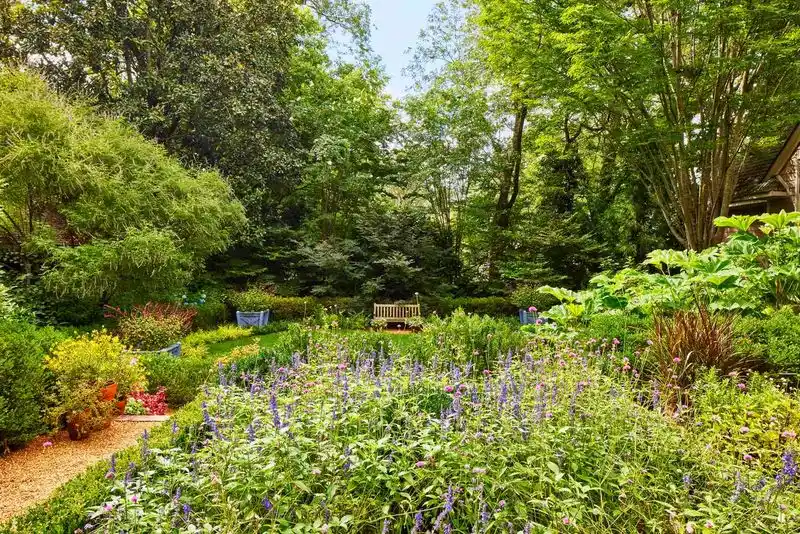
Choosing plants unsuited to your region’s climate leads to frustration. Research is key—select species compatible with local weather and soil conditions. Native plants are often low-maintenance and more resilient. Understand sun, shade, and water requirements to match them with garden spots. Consider how plants interact over seasons, ensuring year-round interest. Good choices reduce maintenance needs and improve garden success. Avoid impulse buys; plan your garden with long-term sustainability in mind. Well-chosen plants thrive naturally, adding enduring beauty to any landscape.
Failing to Plan for Growth
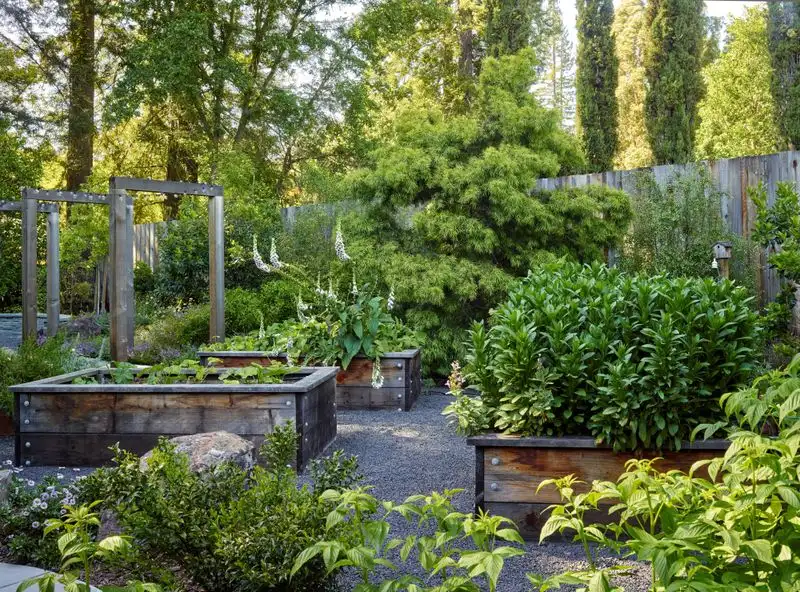
Planting without a growth plan can lead to overcrowding and imbalance. Consider each plant’s mature size, ensuring enough room for roots and canopy expansion. Crowded conditions stunt growth and increase disease susceptibility. Design with future development in mind, spacing plants appropriately from the start. Anticipate how landscapes evolve, leaving space for pathways and maintenance access. A well-planned garden accommodates change, reducing the need for frequent replanting. Planning for future growth ensures a harmonious, thriving environment that matures beautifully over time.
Inadequate Mulching

Mulch offers numerous benefits yet is often underutilized. It conserves moisture, suppresses weeds, and enhances soil quality. Spread an even layer, avoiding direct contact with plant stems to prevent rot. Organic mulches like bark or compost decompose, enriching the soil over time. Replenish as needed to maintain effectiveness. Too much mulch can suffocate roots, so keep it balanced. Proper mulching supports healthy plant growth and reduces maintenance efforts. An adequately mulched garden looks neat, retains moisture, and nurtures its plants naturally.
Ignoring Pest Management

Neglecting pest control invites damage that can devastate a garden. Regularly inspect plants for signs of pests like holes or discoloration. Integrated Pest Management (IPM) offers sustainable solutions, combining biological and mechanical methods. Encourage natural predators like ladybugs and birds. Use barriers and traps where appropriate. Only resort to chemical treatments as a last measure, focusing on targeted application. Healthy plants are less susceptible to infestations, so maintain robust growth through proper care. Effective pest management protects plants and enhances your garden’s vitality.
Overlooking Seasonal Changes
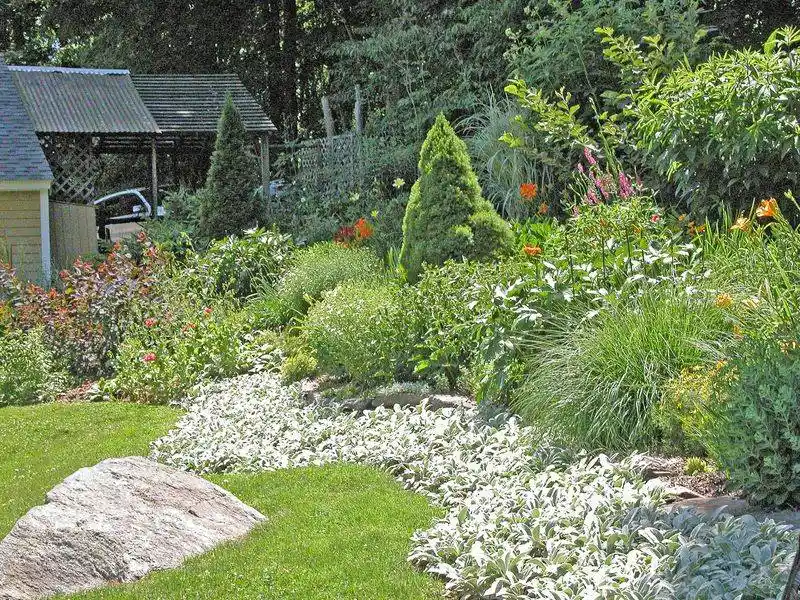
Gardens need adaptation strategies to thrive across seasons. Most landscapes require seasonal maintenance to handle temperature and weather shifts. Select plants for year-round interest, ensuring some provide winter structure. Protect delicate species before frost, using covers or moving pots indoors. Adjust watering schedules to match seasonal needs, reducing frequency in cooler months. Prune and fertilize according to seasonal growth cycles. A dynamic garden adapts to seasonal variations, providing continuous beauty and reducing the impact of weather extremes on plant health.
Neglecting Pathways
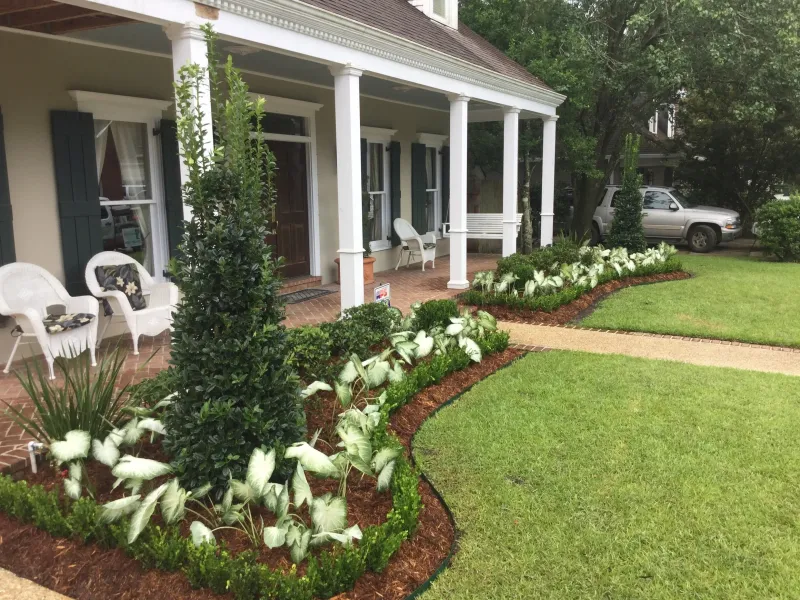
Pathways guide movement and protect plants from foot traffic damage. A well-designed path enhances garden flow, providing structure and accessibility. Choose materials that complement your landscape, such as gravel, stone, or wood. Ensure pathways are wide enough for comfort and maintenance, avoiding narrow, cramped designs. Install paths to connect garden areas, creating a cohesive journey through the landscape. Regularly maintain paths, removing debris and repairing wear. Thoughtful pathway design enhances garden usability and aesthetics, preserving plant health by directing foot traffic effectively.
Inconsistent Maintenance
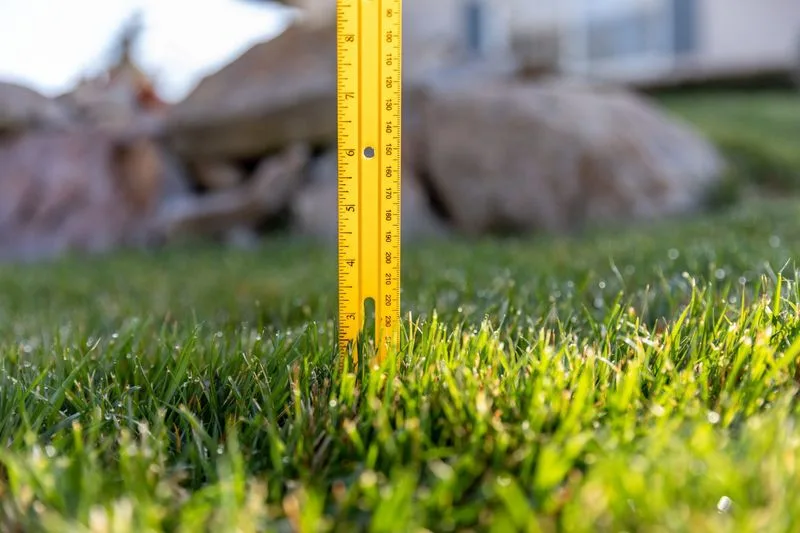
Gardens thrive on consistent attention. Negligence leads to overgrowth, disease, and reduced appeal. Regular maintenance tasks like pruning, weeding, and deadheading prevent disorder. Create a schedule to manage these activities efficiently. Seasonally adjust the regimen to accommodate growth patterns and climate. Consistency deters pests and promotes robust health. A well-maintained garden responds positively to care, offering ongoing beauty and satisfaction. Routine attention ensures plants remain vibrant and landscapes inviting, reflecting a commitment to nurturing the garden’s overall well-being.
Improper Use of Fertilizers
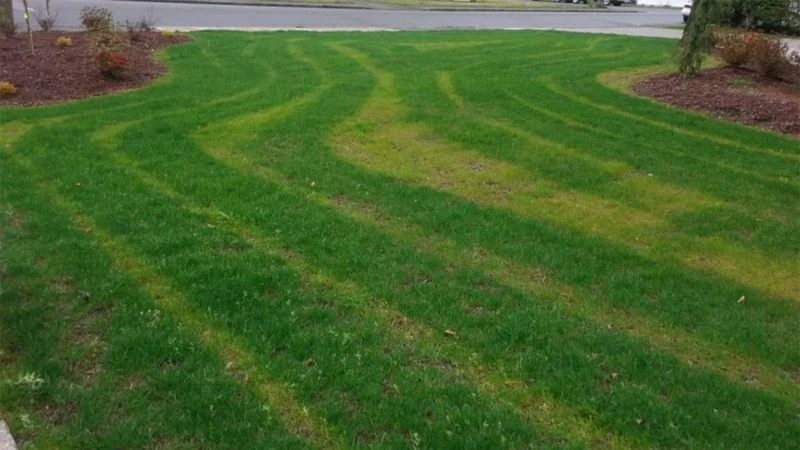
Fertilizers boost plant health when used correctly. Overuse or wrong application can cause harm. Understand your plants’ specific nutritional needs and tailor fertilizer choices accordingly. Avoid synthetic options; organic fertilizers improve soil health without adverse effects. Apply during the growing season, avoiding excess amounts that can burn roots. Regularly test soil to adjust nutrient levels. Proper fertilization supports healthy growth, vibrant blooms, and strong root systems. Knowledgeable application maximizes benefits, fostering thriving plants and a balanced, nutrient-rich garden environment.
Disregarding Wildlife

Wildlife contributes to a balanced garden ecosystem. Birds, bees, and butterflies enhance pollination and reduce pests. Include plants that provide food, shelter, and nesting opportunities. Install bird feeders and baths to attract avian visitors. Avoid pesticides that harm beneficial creatures, opting for natural alternatives. Diverse plantings encourage a variety of species to take residence. Foster natural habitats with native plants, logs, and rocks. A garden welcoming to wildlife becomes a dynamic, self-sustaining environment, buzzing with activity and natural beauty, benefiting both plants and creatures.
Underestimating Lighting
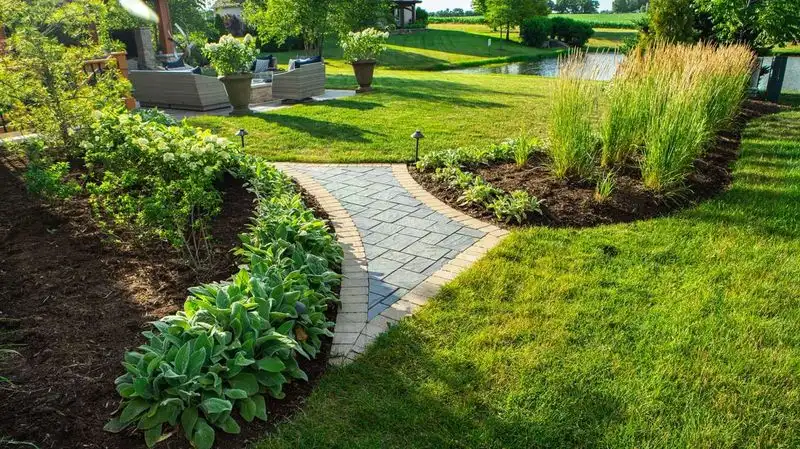
Lighting transforms garden ambiance and extends usability into the evening. Insufficient lighting affects safety and limits enjoyment. Install fixtures along pathways and key areas to improve visibility. Solar lights offer an energy-efficient solution, providing gentle illumination. Consider spotlighting features like sculptures or fountains. Choose warm lighting to create a cozy atmosphere. Regularly check and maintain lighting systems, replacing bulbs as needed. Effective lighting enhances garden accessibility, safety, and beauty, inviting enjoyment beyond daylight hours and highlighting landscape features.
Not Considering the Wind
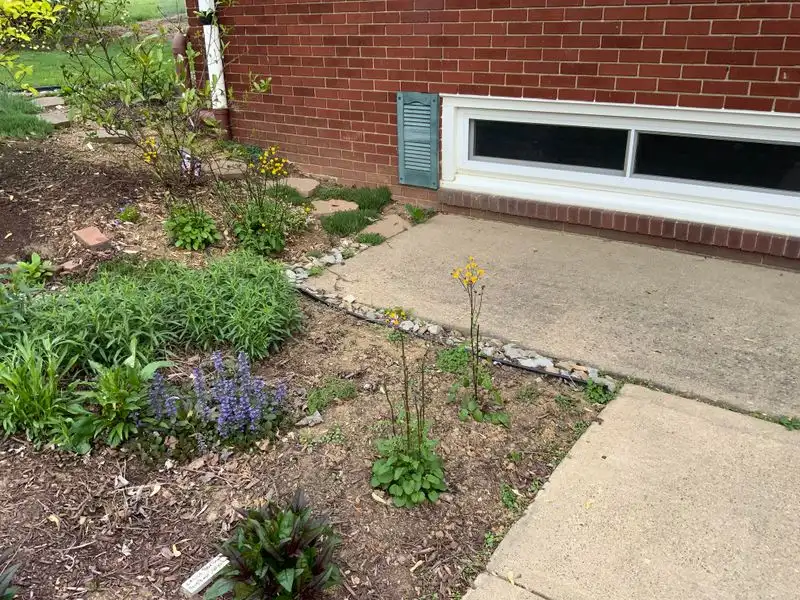
Wind can wreak havoc on gardens, especially in exposed areas. Consider wind patterns when designing your landscape, placing barriers like shrubs or fences strategically. Plant wind-resistant species to withstand breezy conditions. Protect delicate plants with temporary windbreaks during stormy periods. Mulch helps anchor soil and prevent erosion. Designing with wind in mind reduces damage and enhances plant survival. Understanding microclimates aids in selecting and positioning plants for optimal growth, shielding them from harsh winds while ensuring they receive necessary airflow.
Overlooking Drainage Issues
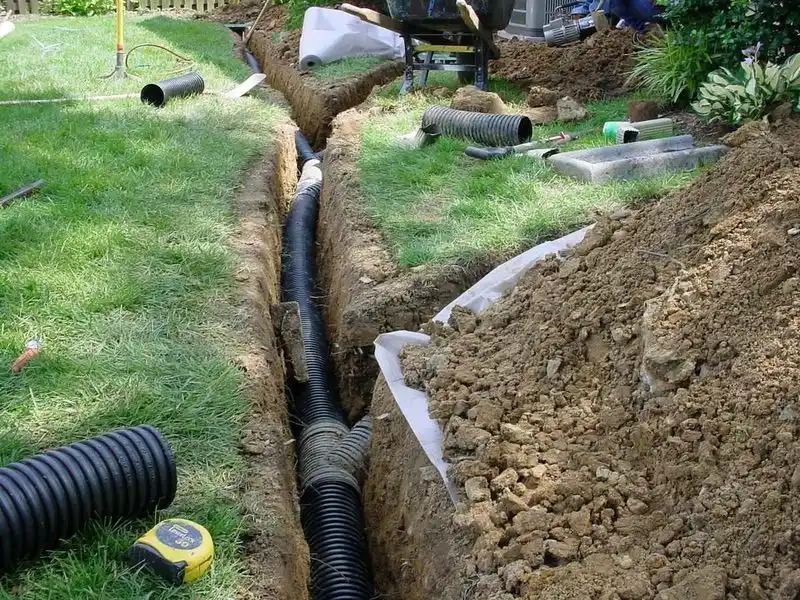
Proper drainage is crucial for a thriving garden. Excess water can lead to root rot and stunted growth. Identify areas prone to pooling and implement solutions like French drains or raised beds. Amend soil with organic matter to improve absorption and aeration. Regularly check drainage systems, ensuring they remain clear. Adjust irrigation practices to prevent overwatering. Thoughtful drainage management supports healthy roots and prevents erosion. A garden with effective drainage stays vibrant and resilient, even during heavy rains, maintaining its beauty and functionality.
Ignoring Hardscape Balance

Hardscapes provide structure but can dominate if not balanced with plants. Strive for harmony between natural and built elements. Incorporate greenery around patios, paths, and walls to soften hard lines. Use materials that blend with the garden’s overall theme. Balance proportions by varying textures and colors. Avoid overusing hardscapes, ensuring they complement rather than overshadow the plants. A well-balanced design creates a seamless transition between hard and soft features, enhancing visual appeal and maintaining a natural atmosphere within the garden.
Planting Without Purpose
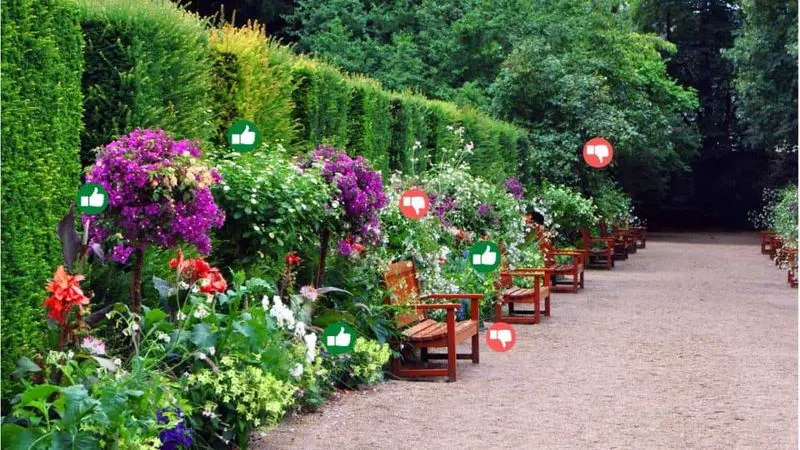
A garden should reflect thoughtful design, not arbitrary choices. Each plant should serve a purpose, whether for aesthetics, function, or ecology. Plan with intent, considering color schemes, textures, and seasonal changes. Group plants with similar needs together for efficient care. Avoid clutter by focusing on key themes or styles. A purpose-driven garden offers a cohesive look, guiding visitors through a planned experience. Thoughtful planning ensures a harmonious landscape that thrives naturally, enhancing beauty and utility while minimizing maintenance challenges.
Failing to Update Designs

Gardens evolve as tastes and needs change. Sticking to outdated designs can make spaces feel neglected. Regularly assess your garden’s layout, introducing fresh elements to keep it engaging. Incorporate new trends or technologies like vertical gardens or smart irrigation. Update plantings to reflect current climates and aesthetic preferences. Adaptation ensures your garden remains relevant and exciting. Embrace change to keep landscapes lively and reflective of your style. A garden that evolves with time continues to captivate, offering a fresh, inspiring space for relaxation and enjoyment.
Overlooking Edging
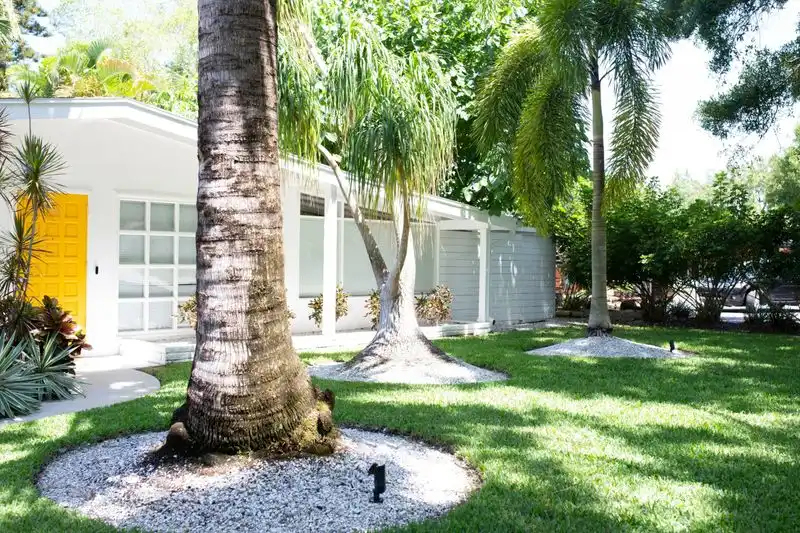
Edging defines spaces and adds polish to garden designs. Without clear boundaries, landscapes can appear chaotic and unkempt. Use materials like stone, metal, or brick to outline beds. Regularly trim edges to maintain neatness. Edging prevents grass from encroaching on flower beds and helps define pathways. It contributes to the overall structure, making maintenance easier and enhancing visual appeal. Intentional edging leads to a tidy, organized garden, where elements stand out distinctly, and plants have designated spaces to flourish.

